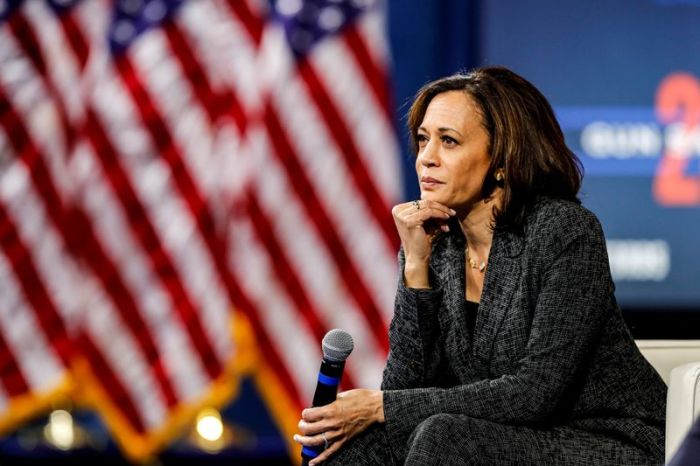NEW YORK (Reuters) – Oil prices eased on Thursday after the International Energy Agency lowered its 2020 oil demand forecast due to unprecedented travel restrictions to fight the coronavirus, but resilience in equities markets and a weak dollar limited losses.
Brent crude <LCOc1> ended the session down 47 cents, or 1%, at $44.96 a barrel while West Texas Intermediate (WTI) <CLc1> settled down 43 cents, or 1%, at $42.24 a barrel.
The International Energy Agency cut its 2020 oil demand forecast and said reduced air travel due to the pandemic would lower global oil consumption this year by 8.1 million barrels per day (bpd).
The Organization of the Petroleum Exporting Countries (OPEC) said that world oil demand will fall by 9.06 million bpd this year, more deeply than the 8.95 million bpd decline expected a month ago.
“Overall, neither yesterday’s OPEC or today’s IEA release appeared to have much effect on an oil market that is still primarily focused on the ongoing expansion in risk appetite that remains undeterred by lack of progress in formulating a viable U.S. stimulus deal,” said Jim Ritterbusch of Ritterbusch and Associates.
Wall Street has recovered most of the trillions in market capitalization lost early in the pandemic, and the S&P 500 <.SPX> index briefly traded on Thursday above its record closing high.
The dollar fell to its lowest in a week against a basket of currencies. A weaker dollar makes oil cheaper for holders of foreign currencies.
Investors across asset classes are still awaiting a breakthrough on another U.S. stimulus package and keeping watch on frayed U.S.-China ties ahead of trade talks on Aug. 15.
Russian Energy Minister Alexander Novak said he did not expect hasty decisions on output cuts when a monitoring committee of OPEC and its allies, known as OPEC+, meets next week because the oil market has been stable.
Last month OPEC+ eased the cuts to around 7.7 million bpd until December from a previous reduction of 9.7 million bpd, reflecting a gradual improvement in global oil demand.
Prices found some support as U.S. crude oil, gasoline and distillate inventories dropped last week as refiners ramped up production and demand improved, a government report showed.
Oil prices have been range-bound since mid-June, with Brent trading between $40 and $46 per barrel, and WTI between $37 and $43 per barrel.
“The market moved from chronic oversupply in April-May to a deficit by June,” said Ehsan Khoman, head of MENA research and strategy at MUFG. “The underlying oil market deficit is becoming more evident and, along with a broader reflation narrative, is keeping oil prices on an even keel.
(Reporting by Bozorgmehr Sharafedin in London, Additional reporting by Aaron Sheldrick in Tokyo; Editing by Kirsten Donovan, David Gregorio and Paul Simao)
























